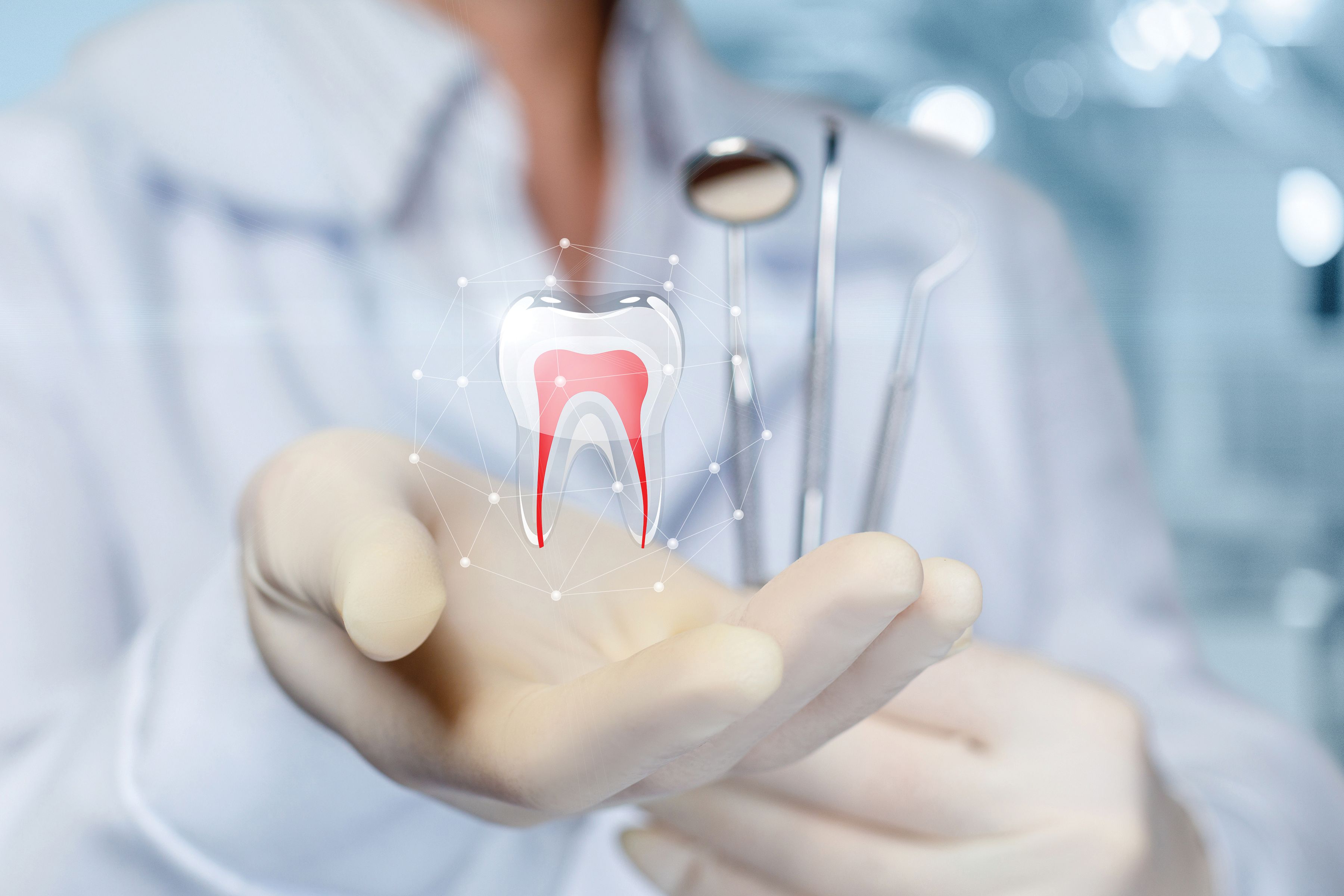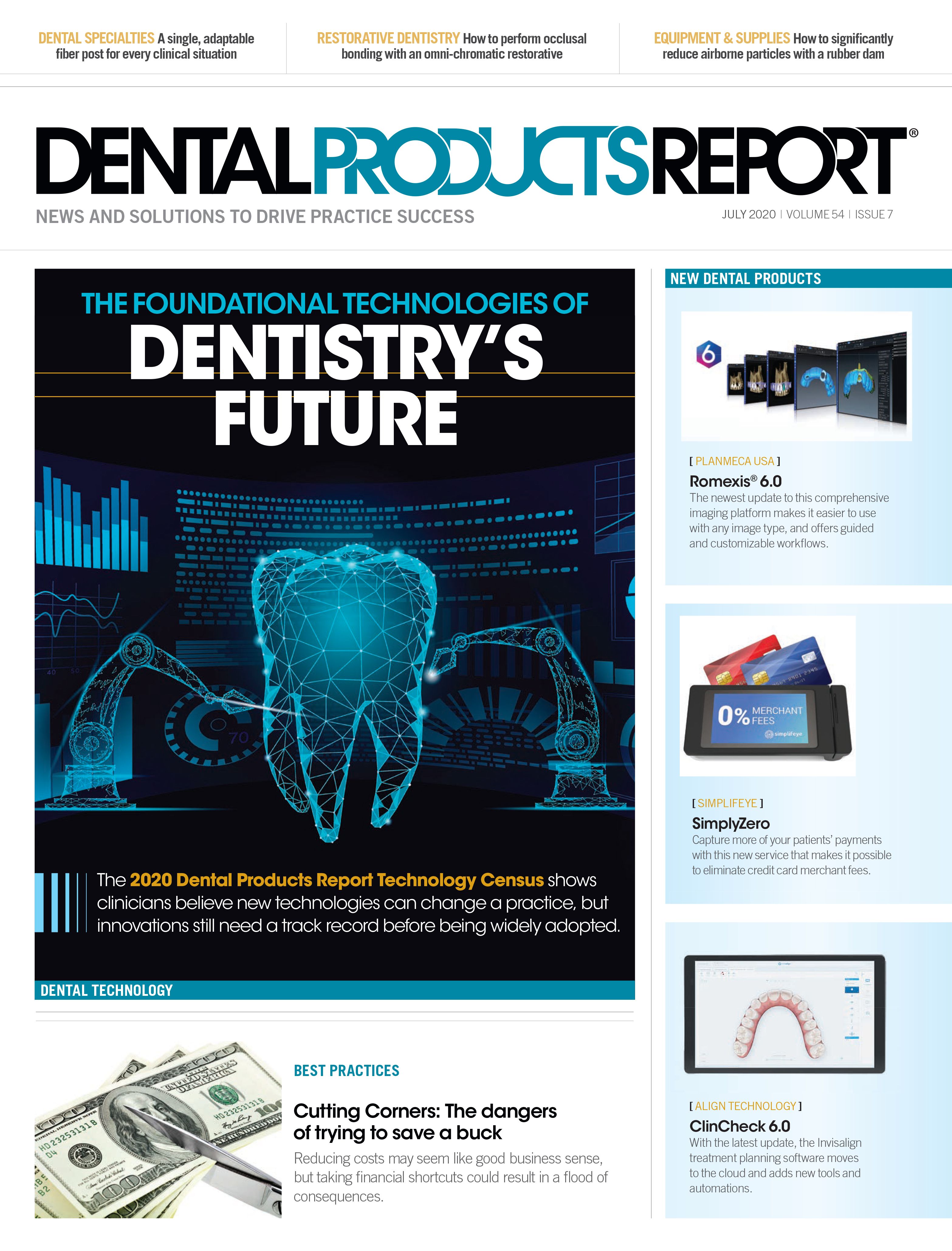Today's emerging is tomorrow's standard of care
Unpacking the data from the 2020 DPR Technology Census

When you work as closely with technology companies as I am fortunate to do, it is important to find moments to step back and assess how the innovation pipeline aligns with the needs of the broader dental community. I am grateful that Dental Products Report invests resources in its Tech Census because it allows that high-level view of practitioners’ adoption and mindset.
Since the inception of The Cellerant Best of Class awards, which I founded 12 years ago, we’ve made a point of highlighting “emerging” products as a way of drawing attention to the potential of our industry. Dentistry has always been a field where what is possible may take time to be adopted and accepted for what is practical. Therefore, it doesn’t surprise me that more than 50% of survey respondents identify themselves as “researchers”—nearly double the next closest, “ROI fanatic” at about 26%, which then doubles the “dreamers” at 13%.
Knowing that it may take some time to move from enthusiasm to integration, I want to offer some thoughts on the emerging categories addressed in the survey and dentists’ impressions on each one’s significance.
Regenerative Technologies
If you had told me a month ago that general dentists would rank regenerative technologies as having the biggest potential to impact dentistry’s future, I wouldn’t have believed it. The majority of product development within this category specifically addresses bone regeneration, which is critical to successful implant procedures. That 43% of respondents ranked regenerative tech first suggests that more practitioners are seeing implant placement as a crucial element in the growth of their practice and service to patients. I know there are great products to back up that enthusiasm. NovaBone, for instance, has products built around its ability to signal genetic pathways to accelerate natural bone growth.
3D Printing
Next, 18% of respondents consider 3D printing poised to make an impact. This is a great case where the technology is both exciting and accessible; dentists can start using it right away with a minimal learning curve, and practices can get one for less than $10,000. The interest will only grow as practitioners have a better understanding of its integration into daily practice. Right now, it is primarily used for crown and bridge, surgical guards and models, but we are not far from seeing 3D printers used for dentures and more.
Digital Impressions and 3D Imaging
Digital impressions and 3D imaging were separate categories in the survey, but tied for third in perceived impact, with both coming in at 14%. These categories actually perform better when dentists were asked about their plans to purchase. This tracks because much of the impact is already happening; the potential is low because we’re already seeing the results. In this case, potential doesn’t correlate with importance. Whether it is related to crown and bridge procedures, clear aligners or—in advanced cases—implants, dentists are seeing the value that digital impressions can provide. Used in concert with 3D imaging, the technology is fast enough and good enough to be incorporated into everyday workflow.
AI and Computerized Automation
Readers, I was disappointed to see artificial intelligence come in at just 8% of respondents recognizing its potential impact. I’ve had the good fortune to work with a number of companies incorporating AI and Machine Learning in creative, dynamic ways. That tells me that there is work to do in educating the broader dental community about its value! Well past the science fiction storylines of Minority Report or iRobot, companies such as Simplifeye, MMG Fusion, and Patient Prism are impacting everything from patient outreach, to scheduling, charts, and more, creating tremendous value and efficiency for the practice without increasing staff overhead. And with companies such as Denti.AI putting the power of artificial intelligence into assessing decay and much more in reading radiographs, there is still unrealized potential to have greater impact.
Digital Patient Communication
Last, but not least, digital patient communication comes in at 2%. In this case, the dentists who care most about this category have already made their decision to integrate new technology and it is having its impact.
No matter what category seems most exciting to you, I encourage you to set aside a little bit of time each month—even if it’s just an hour—to dig into one of these (or the many other) emerging technologies in our field. Some will surprise you and amaze you. My hope is that all will motivate you to continue to innovate on your own
